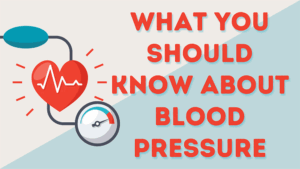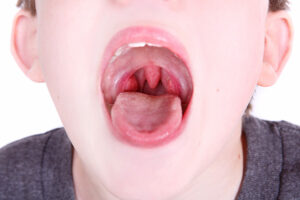Introduction: A Question Everyone’s Asking
“Is strep throat contagious?” If you’ve ever heard this question, you’re not alone—especially as sore throats become more than just a nuisance. Whether it’s passing the time with your toddler at home, sharing a meal with friends, or navigating busy classrooms, understanding how strep spreads—and how to stop it—can make all the difference to your health and peace of mind.
1. What Is Strep Throat and Why It Spreads Quickly

Strep throat is a bacterial infection caused by Group A Streptococcus. Unlike viral sore throats, this one needs antibiotics—not just rest—to fully clear.
A few fast facts:
It’s highly contagious, especially in settings like schools, offices, and households.
The incubation period is 2 to 5 days, meaning you can spread it even before symptoms emerge.
2. How Strep Throat Spreads: The Real Transmission Mechanisms
Respiratory Droplets

When someone with strep coughs, sneezes, talks, or even laughs, tiny droplets carrying bacteria can travel through the air—or land on surfaces
Surface Contact & Personal Items
Touching surfaces (like doorknobs or toys) contaminated with droplets—and then touching your face—can infect you. So can sharing utensils, cups, or toothbrushes.
Asymptomatic Spread
People can carry and spread strep without even feeling sick—though those with active symptoms are more contagious.
3. Contagious Period: When You’re Most Infectious
| Scenario | Contagious Period |
|---|---|
| Without treatment | Up to 2–3 weeks, even without symptoms |
| With antibiotic treatment | Typically < 24–48 hours after starting |
So yes—“is strep throat contagious?”—very much, until treatment takes effect.
4. Why This Matters: Real-World Scenarios
Schools and daycare: A single sick child can unknowingly pass strep to classmates and caregivers.
Offices & households: Shared environments make it easier to spread. One contaminated mug or shared pen can be all it takes.
Asymptomatic carriers: Imagine someone feeling healthy—but spreading bacteria during casual conversation.
These situations emphasize why knowing your risk—and acting on it—is essential.
5. Prevention: How to Stop the Spread Around You
Simple, effective hygiene habits:
Wash hands thoroughly for 20 seconds, especially before eating or after sneezing.
Use alcohol-based sanitizer when soap and water aren’t available.
Cover coughs and sneezes with tissues or your elbow—avoid hands.
Don’t share personal items—cups, utensils, toothbrushes, towels, or phones.
Disinfect frequently-touched surfaces like doorknobs, switches, toys, and tables.
When someone’s infected:
They should stay home—especially during the first 24 hours of antibiotics.
Complete the full course of antibiotics, even if you feel better.
Replace personal items used during illness—like toothbrushes.
6. A Personal Reflection: My Daycare Story
As a parent whose toddler once battled strep, I remember waking to a fever and stubby cough—not uncommon—but the next morning, two of his classmates were down. The daycare sent everyone home for a week. We taught our son to cough into his sleeve, stocked remedies, and disinfected every toy. It was a minor winter storm—but a reminder that small actions can stop big spread.
7. Final Thoughts: Putting It All Together
Yes, strep throat is highly contagious. From droplets to shared spoons, from silent spreaders to crowded classrooms—knowing how it spreads and how to avoid it can keep the whole family safer. Early diagnosis, proper hygiene, and completing treatment are your best defense.
Call to Action (CTA)
Have you or your little one experienced strep throat? Share your stories and your go-to prevention tips—did handwashing or avoiding shared items save the day for you? Let’s swap strategies and help each other stay healthy. And if you’d like more guides—like managing sore throat symptoms at home or caring for sick kids—let me know!








